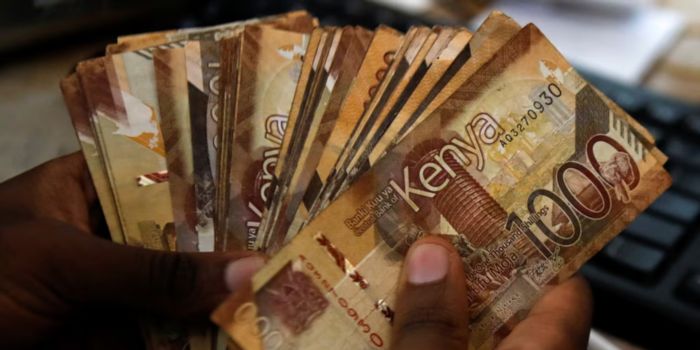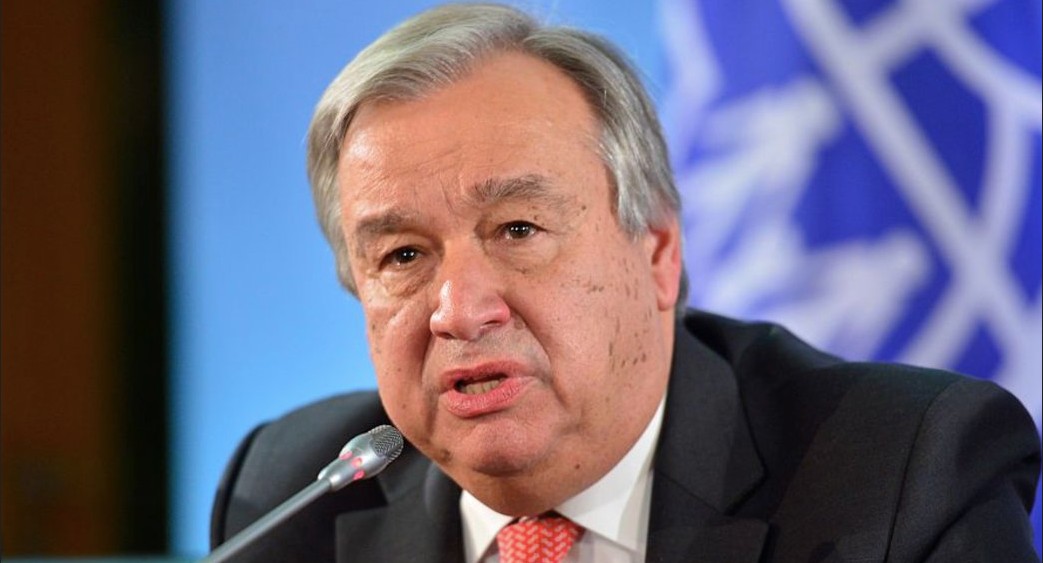Private sector credit surges to Sh10.7 billion in June as lending recovers

Further, the CBK’s consecutive reductions in the indicative lending rate, including the latest cut to 9.50 per cent in August, made loans more affordable for businesses and households alike.
Kenya’s private sector is finally seeing a boost in credit after years of cautious lending, with loans rising sharply in June 2025.
Data from the Treasury shows that monthly credit flows jumped to Sh10.7 billion, compared to just Sh2.5 billion a year earlier, signalling renewed confidence among banks to fund businesses after a prolonged period of restraint.
More To Read
- Fuel prices hold steady for December–January despite fluctuating global oil costs
- Three-week drop in benchmark crude sets up Kenyans for further fuel price relief
- President Ruto pitches National Infrastructure Fund as engine for long‑term growth
- World Bank warns political interference weakening Kenya’s state-owned enterprises
- Women secure majority of contracts in inclusive government procurement programme
- Treasury CS John Mbadi defends ballooning State House budget
The Treasury’s draft Budget Review Outlook Paper (BROP) attributes the rise to policy measures that reduced borrowing costs.
In February, the Central Bank of Kenya cut the cash reserve ratio (CRR) from 4.25 per cent to 3.25 per cent, freeing about Sh73.7 billion for banks to lend.
Further, the CBK’s consecutive reductions in the indicative lending rate, including the latest cut to 9.50 per cent in August, made loans more affordable for businesses and households alike.
“This is due to the easing of the monetary policy rate and the reduction of the CRR (Cash Reserve Ratio) to lower the cost of funds for banks,” the Treasury paper says.
It notes that support measures, including the Credit Guarantee Scheme for vulnerable MSMEs, are helping sustain demand, especially for working capital.
Despite the encouraging monthly performance, year-on-year credit growth showed a slowdown, expanding by 2.2 per cent in the year to June 2025, down from 4 per cent the previous year.
The Treasury highlighted that lending fell in finance and insurance, trade imports, mining and quarrying, business services, and private households, where loans are mostly foreign currency-denominated.
“This growth reflects improved demand in line with the declining lending interest rates, and dissipation of exchange rate devaluation effects on foreign currency-denominated loans following the appreciation of the shilling,” the BROP added.
A Central Bank survey published in August reinforces this positive outlook, showing that 87 per cent of 36 commercial banks reported improved liquidity in the three months to June, thanks to higher customer deposits and aggressive recovery of loans.
Banks also benefited from mature government securities and new capital injections from shareholders, further enabling them to extend more credit to the private sector.
Top Stories Today












































